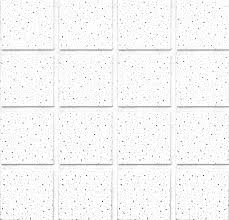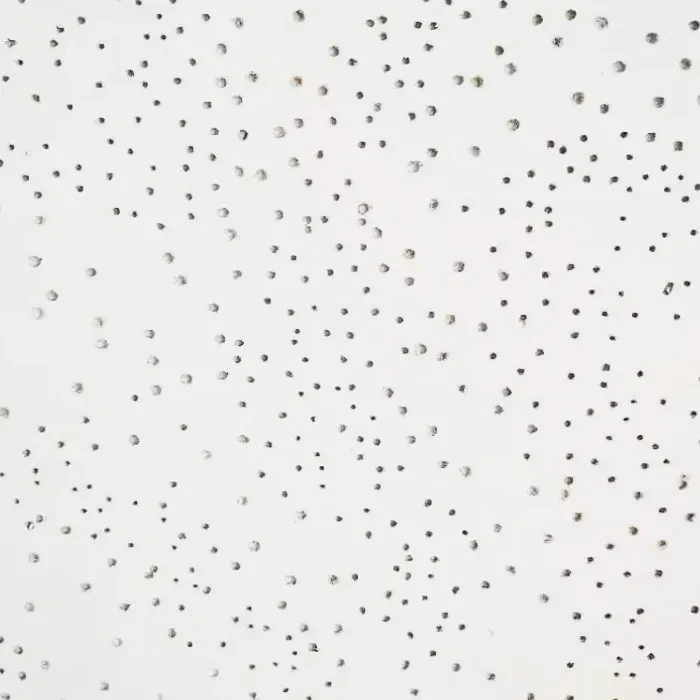Feb . 04, 2025 01:05 Back to list
mineral fibre board ceiling vs gypsum board
When it comes to choosing the right material for ceilings in construction projects, both mineral fiber board and gypsum board stand out as prominent options. Understanding the differences and determining which is the optimal choice requires an in-depth look from both a technical and practical perspective. As an expert in construction materials and interior design, let's delve into this comparison to aid your decision-making process.
Gypsum boards also excel in moisture resistance. With specific treatments and the use of suitable backings, they can be effectively used in damp environments such as bathrooms and kitchens without the risk of damage. This makes gypsum boards a more robust alternative for areas exposed to humidity. However, despite their advantages, gypsum boards do have some limitations. They lack the sound absorption qualities of mineral fiber boards, which can be a detriment in environments where acoustics are a priority. In addition, while they are relatively easy to install, repairing a damaged gypsum ceiling can be labor-intensive, often requiring professional intervention. In conclusion, the choice between mineral fiber board ceilings and gypsum board ceilings largely depends on the specific requirements of your project, considering aspects such as acoustics, aesthetics, fire safety, and moisture exposure. Each material offers unique benefits, catering to different needs and preferences. Choose mineral fiber boards if your priority is superior acoustic properties and lightweight materials that allow for design versatility. Conversely, opt for gypsum boards if you seek a smooth, aesthetically pleasing finish with robust fire and moisture resistance. As always, consulting with industry professionals can provide further insights tailored to your specific application, ensuring that your choice of ceiling material aligns with your overall construction goals. The balance between functional requirements and aesthetic desires can be expertly navigated by combining the right expertise with high-quality material selection.


Gypsum boards also excel in moisture resistance. With specific treatments and the use of suitable backings, they can be effectively used in damp environments such as bathrooms and kitchens without the risk of damage. This makes gypsum boards a more robust alternative for areas exposed to humidity. However, despite their advantages, gypsum boards do have some limitations. They lack the sound absorption qualities of mineral fiber boards, which can be a detriment in environments where acoustics are a priority. In addition, while they are relatively easy to install, repairing a damaged gypsum ceiling can be labor-intensive, often requiring professional intervention. In conclusion, the choice between mineral fiber board ceilings and gypsum board ceilings largely depends on the specific requirements of your project, considering aspects such as acoustics, aesthetics, fire safety, and moisture exposure. Each material offers unique benefits, catering to different needs and preferences. Choose mineral fiber boards if your priority is superior acoustic properties and lightweight materials that allow for design versatility. Conversely, opt for gypsum boards if you seek a smooth, aesthetically pleasing finish with robust fire and moisture resistance. As always, consulting with industry professionals can provide further insights tailored to your specific application, ensuring that your choice of ceiling material aligns with your overall construction goals. The balance between functional requirements and aesthetic desires can be expertly navigated by combining the right expertise with high-quality material selection.
Latest news
-
Durable Ceiling T Grid Systems | Easy InstallationNewsAug.29,2025
-
PVC Gypsum Ceiling: Durable, Laminated Tiles for Modern SpacesNewsAug.28,2025
-
Pvc Gypsum Ceiling Is DurableNewsAug.21,2025
-
Mineral Fiber Board Is DurableNewsAug.21,2025
-
Ceiling Tile Clip Reusable DesignNewsAug.21,2025
-
Ceiling T Grid Modular DesignNewsAug.21,2025







